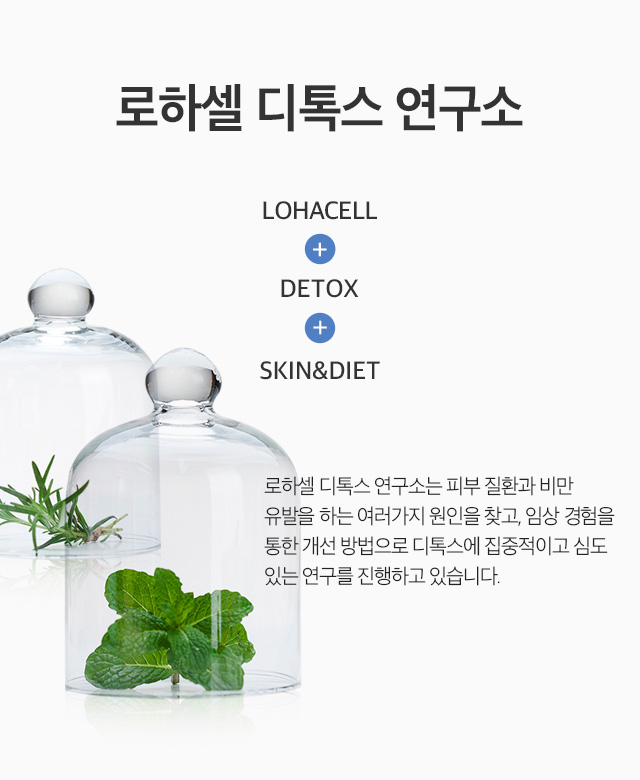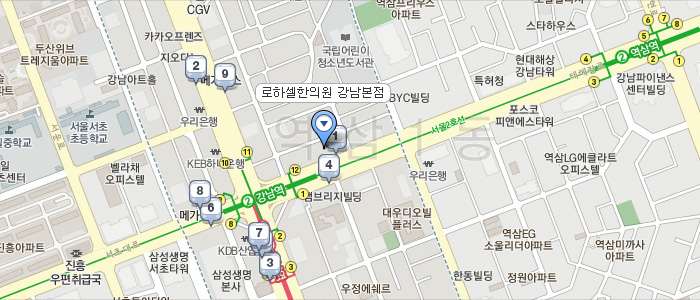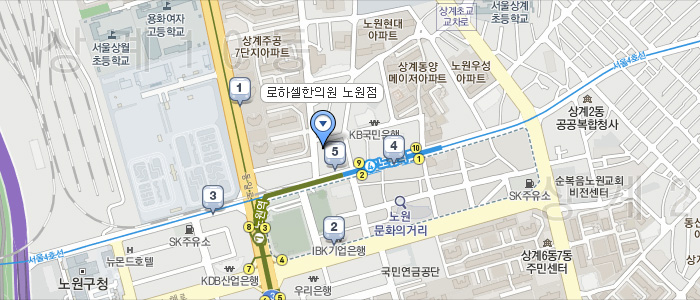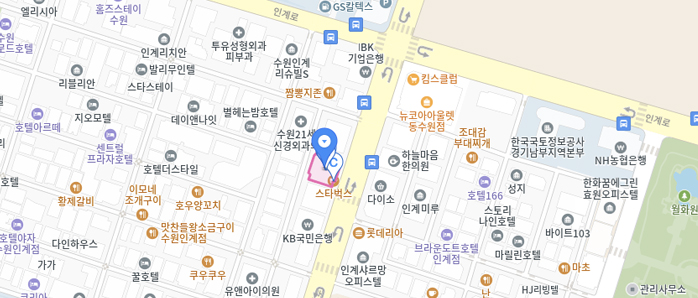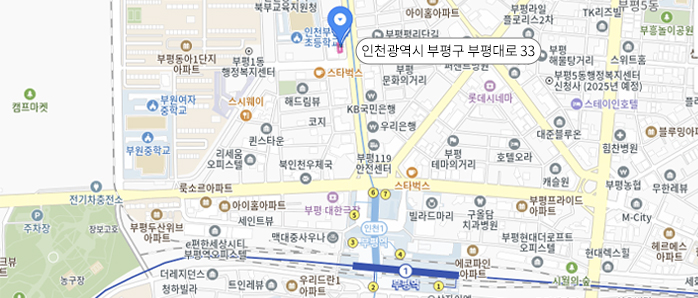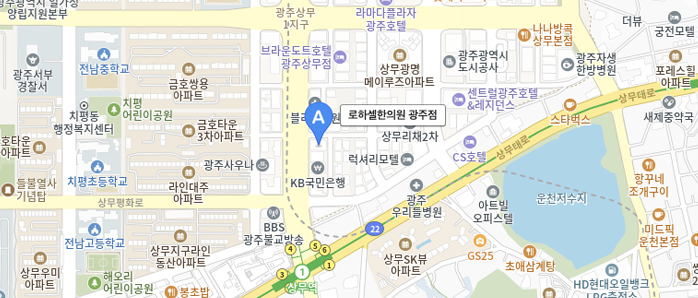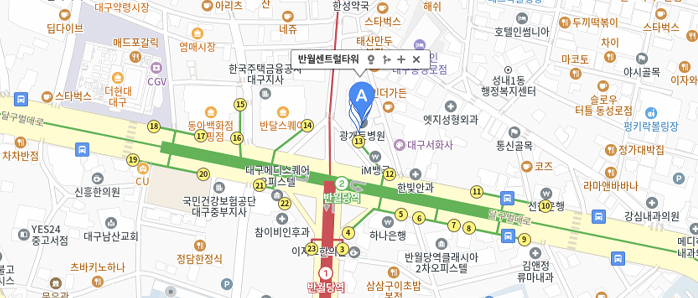- 여드름의 인지도에 관한 분석
- 2017-06-05
여드름의 인지도에 관한 분석
Analysis of Students Perception on Acne
저자명 양현옥, 나영순, 백승화
문서유형 학술논문
인용된횟수 1건
학술지 대한예방한의학회지 3,2('99.12) pp.129-150 1226-7066 KCI
발행정보 대한예방한의학회 |1999년 |한국 |한국어
초록
This study was carried out to analyse a perception on acne for the Junior college students to provide basic data for the suitable treatment of acne to the students and the specialists. For this study, self-administering questionnaires were distributed to 480 students from 13 departments at a suburban women's junior college from May 1 to May 3, 1996. Of the students, 399 were responded and included in the analysis. The questionnaire includes the general question of objects, the question of knowledge and attitude of acne, and its treatment. The results were as follows: 1. Age distribution for the group less than 20 years was 63.7% and over 20 years was 36.3%, the group with acne was 66.2% and the group without acne was 33.8%. Proportions of acquiring the knowledge on acne was 49.6% from newspaper or magazine, 47.15 from friends, and 26.85 from TV or radio. 2. With regard to the knowledge on the presence of acne, a proportion of correctly answered for the question on the cause of acne was $3.41{\pm}1.02$ for the group with acne compared with $3.16{\pm}0.89$ for those without acne. This difference was statistically significant (p<0.05). 3. With regard to the knowledge levels on the treatment of acne, a proportion answered' skin-care center' for the question on where to select for the profer treatment was $13.21{\pm}1.88$ compared with $12.09{\pm}1.88$ for the other group. This difference was statistically significant (p〈0.05). A proportion of answered 'squeezing out acne by themselves' for the question of how to treat was $12.26{\pm}1.91$ compared with $10.83{\pm}1.25$ for the other group. 4. In the treatment according to the attitude of the group with acne, the positive group replied 'YES' in the intention of treatment by themselves was 55.9%. In conclusion, the differences in the knowledge and attitude on the presence of acne are not significant and it was found that the knowledge and attitude for the group with acne did not significantly influenced the treatment behavior. Accordingly, it is important to understand the cause of acne, provoking factors, remedy etc. For this, it is necessary to a provide an accurate information to professionals to enhance the knowledge of acne and to treat it properly.
This study was carried out to analyse a perception on acne for the Junior college students to provide basic data for the suitable treatment of acne to the students and the specialists. For this study, self-administering questionnaires were distributed to 480 students from 13 departments at a suburban women's junior college from May 1 to May 3, 1996. Of the students, 399 were responded and included in the analysis. The questionnaire includes the general question of objects, the question of knowledge and attitude of acne, and its treatment. The results were as follows: 1. Age distribution for the group less than 20 years was 63.7% and over 20 years was 36.3%, the group with acne was 66.2% and the group without acne was 33.8%. Proportions of acquiring the knowledge on acne was 49.6% from newspaper or magazine, 47.15 from friends, and 26.85 from TV or radio. 2. With regard to the knowledge on the presence of acne, a proportion of correctly answered for the question on the cause of acne was $3.41{\pm}1.02$ for the group with acne compared with $3.16{\pm}0.89$ for those without acne. This difference was statistically significant (p<0.05). 3. With regard to the knowledge levels on the treatment of acne, a proportion answered' skin-care center' for the question on where to select for the profer treatment was $13.21{\pm}1.88$ compared with $12.09{\pm}1.88$ for the other group. This difference was statistically significant (p〈0.05). A proportion of answered 'squeezing out acne by themselves' for the question of how to treat was $12.26{\pm}1.91$ compared with $10.83{\pm}1.25$ for the other group. 4. In the treatment according to the attitude of the group with acne, the positive group replied 'YES' in the intention of treatment by themselves was 55.9%. In conclusion, the differences in the knowledge and attitude on the presence of acne are not significant and it was found that the knowledge and attitude for the group with acne did not significantly influenced the treatment behavior. Accordingly, it is important to understand the cause of acne, provoking factors, remedy etc. For this, it is necessary to a provide an accurate information to professionals to enhance the knowledge of acne and to treat it properly.

